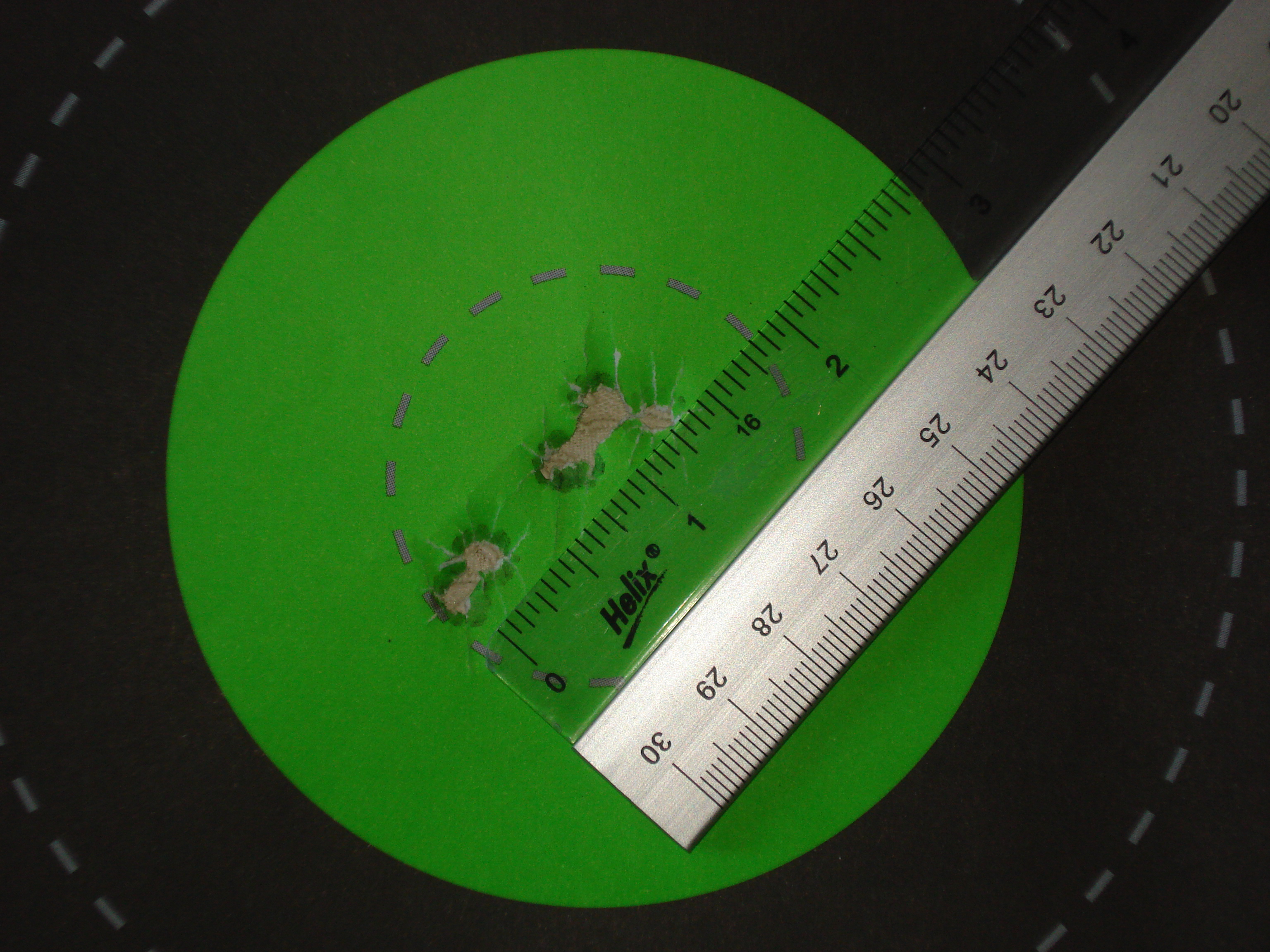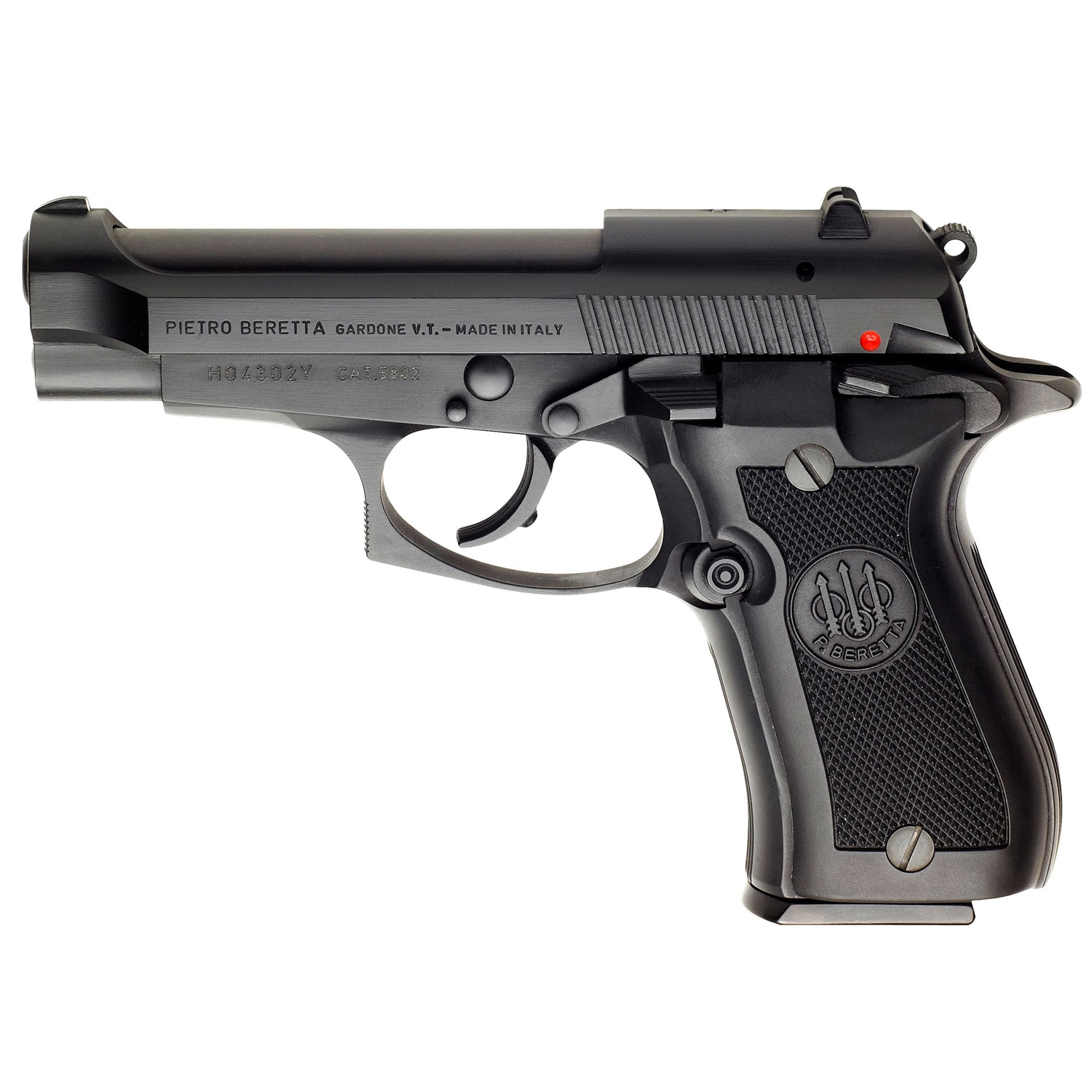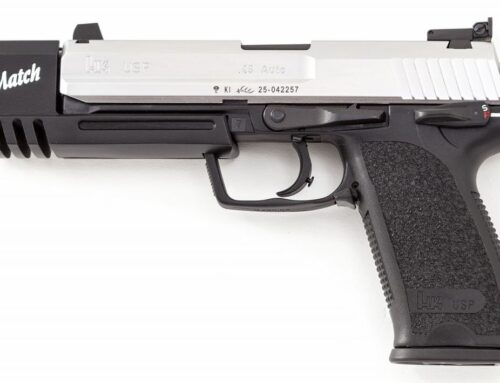Sometimes we as people are driven by curiosity. Sometimes one just has to take the plunge and try something different. Thus began my search for the “ideal” .380 pistol, a search which ended with the quirky and adorably named Cheetah stealing my heart.
It’s almost embarrassing to think that I’m perfectly comfortable with the magnums, the Casulls, any handgun caliber which starts in .5 and ends in any number of 0’s. Yet it’s the little .380 which tends to unnerve me more than anything else. There are reasons behind this, of course. .380’s are generally restricted to micro guns, those tiny things you can stuff into a pocket. Typically they also leave you with way too little room to hold onto along with way too much of a hold around the trigger. Frankly they look like those downsized cap guns that we got to play with as kids back in the day. They also tend to be very lightweight with a direct blowback action. What you’re left with is a light gun that’s too tiny and awkward to hold with a heavier kicking action.
Simply put, .380 pocket guns are not fun to shoot.
Here is where my quest began. I had a few criteria in mind which had to be met, most important of all being that it had to have a full sized grip. There aren’t too many .380’s with full sized frames on the market, either! Walther has one called the PK380 but it’s a polymer frame so I expected it to still be sharp on the recoil. By this time the Smith and Wesson M&P .380 EZ wasn’t on the market either, likewise polymer framed but a solid shooter all around. I had also tried another Walther, the legendary PPK. To be blunt, I hated it.
Then I came across the Beretta. As a company Beretta has been in the firearms industry for a very, very long time and has come out with some pretty memorable and absolutely distinctive firearms. Their most popular has to be the 92 series of pistols, one which has such a strong reputation as to have found its way into our military when it replaced the 1911 for a time. Also, John Woo movies.
Imagine taking the classic look of the open slide 92 series and downsizing it. Add a frame mounted safety/decocker which is curiously akin to the Taurus PT92’s, reverse the disassembly lever from the left to the right and simplify its internals. The Cheetah series is rather peculiar for a number of reasons. The original model was designated the Series 81 and had first been offered in 1976. Over its lifespan these pistols have been available in .32 ACP, .380 ACP, and .22 LR. Some took single stack magazines, some took double stack. Some had fixed barrels, some had “tip-up” barrels. Here is where it gets really, really confusing.
Because of these options there also became an abundance of model numbers. There’s the 81 and 82, the 83, 84, and 85. There’s the 86, the 87 and 87 Target, and an 89. There are also models with letter suffixes, including the B, BB, F, and FS! If you’re half as confused as I was by all of this then I would highly recommend Wikipedia to make some sense of it all. It’s a lot to take in.
Not all of these models are still in production and for the purpose of this article I’ll be focusing on two: The 84 and the 85. The main difference here is that the 84 takes the double stack magazine and the 85 takes a single stack. The 83 is an older model of the 85 which held one fewer round in the mag.
As for that ‘FS’ letter suffix, that requires breaking the two letters down individually. The ‘F’ designates Beretta’s more squared off “combat” trigger guard, plastic grip panels, a chrome plated barrel and chamber, a safety/decocker lever, and what they call a “Bruniton” finish. The ‘S’ seems to focus more on internal improvements; Just what this entails I’m not entirely sure. Not very long ago Beretta started offering new versions of the 81, 84, and 85 models all with the FS designation. Some can also be had in a nickel finish with red sight dots which looks gorgeous. I’m not sure if they are still in production but they seem to have been in limited batches and are already much more difficult to track down.
I had chosen the single stack 85 over the 84 for no other reason beyond how it felt in the hand. Having more rounds seems like a great idea. A double stack .380? That’s pretty unusual! But there’s something about the trim profile of the single stack that seemed to neatly weld itself into my palm, firstly because it was so very well fit but secondly because I didn’t want to put it down. Ever. There are a few rough edges on the plastic grips, the checkering is pretty abrasive, but the overall feeling is something divine on the 85. I knew that I had to have this gun.
As it turns out they’re not very easy to catch! I have to wonder if that’s what had inspired the name “Cheetah.” It took months for my talented supplier to track one down. Not long after getting my hands upon it they seem to have turned into vapor, new models are sold out to the point that some vendors have completely removed the listing from their website, including Beretta’s own. Yikes! At least there’s a decent used market for the Series 80’s. There are also models fitting within the Series 80 lineage from Browning and Fabrique Nationale called the BDA 380 and the FN 140 DA, respectively.
Is it everything I had wanted it to be, though? In a word: No. The full grip, the aggressive texturing, the metal frame, somehow none of this helps to tame that sharp snap of a direct blowback .380. This pistol is very snappy to shoot. My suspicion is that the Cheetah had been built for the lighter .32 before getting a bump to .380. As is so often the case, putting something bigger into something meant to take something smaller results in some fairly squirrely behavior.
It isn’t all bad news, however!
The single action trigger pull is a little long and a little heavy with a small amount of initial resistance leading to a smooth and clean break. The double action pull is naturally heavier but smooth for the entire range of travel, only getting a slight bit more firm near the end. Trigger reset isn’t too far out and has a positive and audible click once reached.
The ambidextrous safety is a little peculiar in that it really ought to be pushed all of the way upward to safely decock the pistol. There’s kind of a “middle stage” to it where the hammer stays back and it seems like the safety should be on, however when I pull the trigger the hammer drops and the safety pushes itself up to its full decocked position. I’m not sure if this safely decocks the pistol or not. I’ve never had the nerve to try it with a live round in the pipe at the range.
The magazine release is nicely contoured into the left grip panel and is easy to reach thanks to the more slender grip. Dropping a mag is a surprisingly fun action as one push of the button rewards you with a satisfying click and the mag, full or empty, launches itself completely out of the gun. I think I’ve dropped the magazine more often than I’ve pulled the trigger, it’s just that satisfying.
The slide release sticks out a little far but while this might become an irritation for carry use it does make for a very accessible control. This is definitely the kind of sidearm where you will want to use the lever to drop the slide, too. The spring on the Cheetah is quite stout and, of bigger concern, there is very little space on the slide to grab hold of and it is quite smooth to the touch. This has resulted in some VERY sore hands in short order. Punishing, she is.
Then there is my biggest gripe with the Cheetah which is an unfortunate combination of the cartridge along with the open slide design. I’ve noticed that some .380’s sort of pepper debris back at you whenever you shoot but with the Cheetah this is especially pronounced. While I have only tried three or four different brands of range ammo they all seemed to be equally guilty of this. While painless it can be rather distracting. Eye protection is absolutely recommended.
Sights are a dot-over-dot “figure 8″ arrangement which I’ve always really liked. The rear sight is drift adjustable for windage. Really these would be great sights if not for one very strange quirk. If you can see the entire front sight dot in your picture then your muzzle is pointing too far upward. A proper sight picture with the Cheetah involves slicing this front sight dot in the middle, effectively replacing the lower half of it with the half circle of the rear sight. This is a VERY strange sight picture and one which I am glad to have never encountered on another firearm.
Once you figure out the sights and learn to tame the recoil this is an accurate little gun. I haven’t practiced with it nearly as much as I need to in order to get the most out of it but I’m certainly in the ballpark with my groupings. My best five shot group at thirty feet measures 1.25”.

Disassembly is easy on these guns and is very much like the 92 series but with reversed controls. With the safety off just push a button on the left side of the frame and turn a lever on the right side 90 degrees counter-clockwise and the slide will neatly separate from the frame. There aren’t any loose bits sliding around like with the 92’s barrel linkage, because the Cheetah is a direct blowback there’s much less complexity to the design. The solid steel guide rod is a nice touch, too.
Reassembly is in reverse order, once again with the safety disengaged. Sometimes I encounter some difficulty when trying to fully seat the slide back upon the frame. A bit of rearward pressure on the muzzle of the barrel sometimes seems to help with this task though I still haven’t found the magic trick to what should be a very simple task.
My example also has a magazine disconnect safety, a feature which I don’t particularly care for in my more “serious” firearms. This also leads to perhaps the Cheetah’s biggest quirk, and one which only some of them seem to possess. On the right side of the slide there is a marking which states either “Fires without magazine” or “Does not fire without magazine.” This is how you can tell if it has the mag disconnect safety or not. Buuut..SOMEwhere during the development of this pistol an amusing typo has worked its way into the design so that it now reads “Does not fires without magazine.”
Somehow for me this only adds to its charm.
So what’s the deal with the Cheetah? It’s larger and heavier than other .380’s yet is actually more awkward and punishing to shoot than some. That doesn’t make sense, does it? Despite this I would still consider the Series 80 to be good pistols. Other .380 offerings on the market don’t have the lineage or the character of a Cheetah. Holding this pistol immediately makes me feel like I’ve been transported into a spy movie from decades gone. The gamer in me also feels nostalgic for the hero’s personal sidearm in “No One Lives Forever 2” where fictional character Cate Archer rocked a Series 80. The lady in me can’t help but feel like there’s a definitive feminine edge to these guns, a factor which in itself is uncommon from older pistol designs.
By today’s standards the Cheetah has fallen by the wayside compared to more modern designs. Yet, this is also what gives it such character. I’m holding a newly produced firearm which had first seen the light of day in the 1970’s. It still feels incredible in the hand. It will still kick you if you don’t show it who’s boss. It also retains one of the most adorable names in firearms history. Maybe it’s not that “ideal .380” I had been searching for but I still happen to love my 85.
Trying to catch a Cheetah can be a lot of fun, just be wary of her bite.








